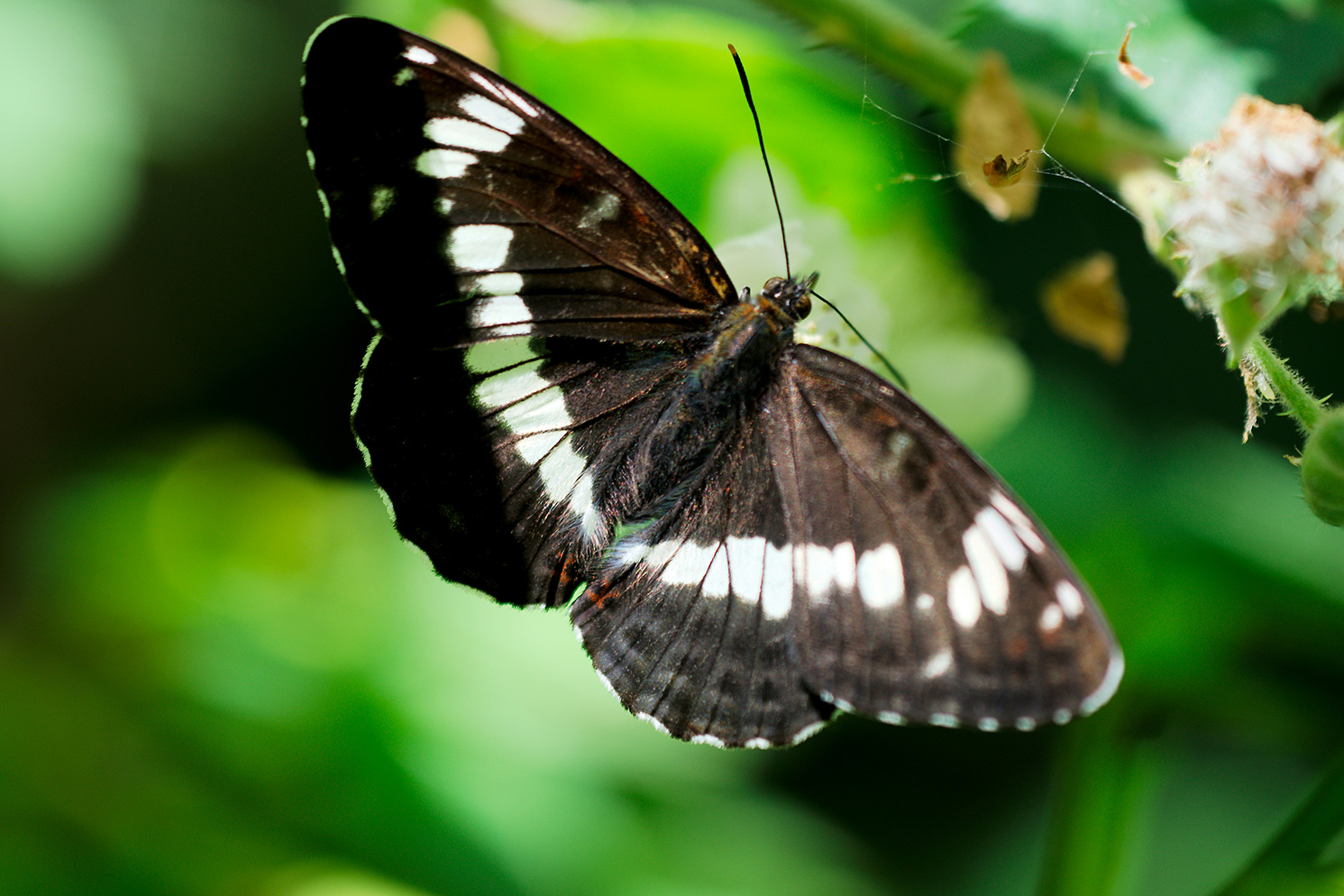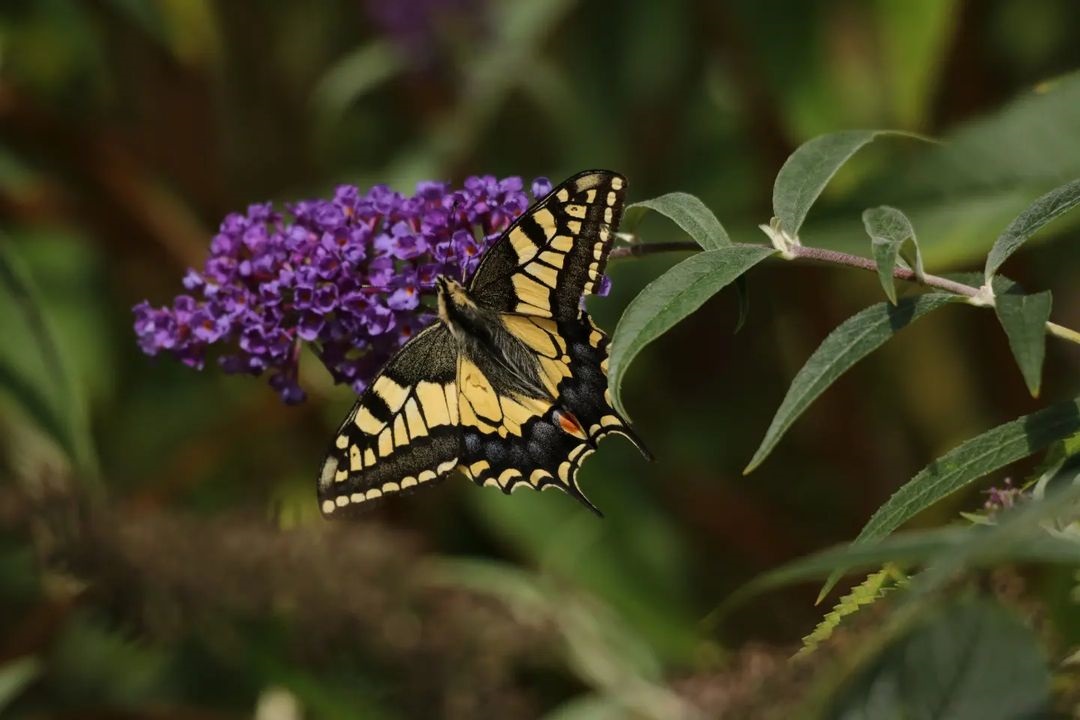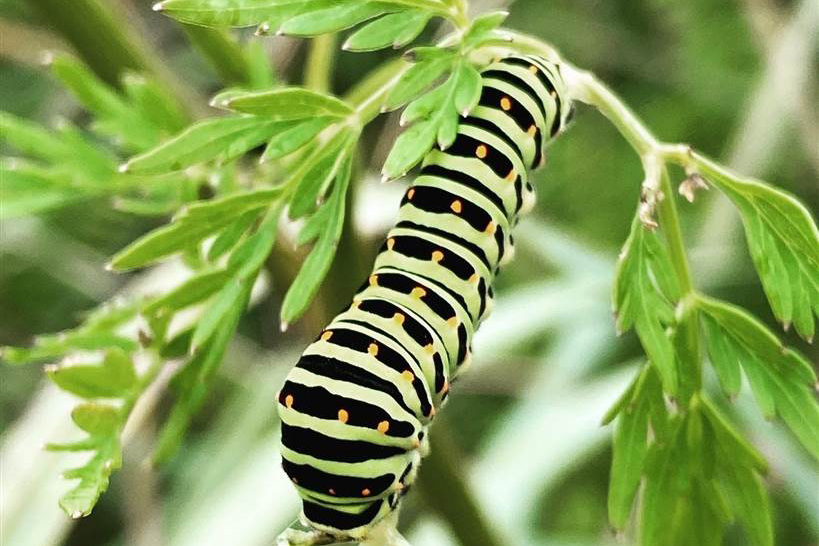A difficult summer for Broads’ butterflies and iconic swallowtail
Anecdotal reports from two nature reserves in the Broads National Park are consistent with the results of the ‘Big Butterfly Count’ - it’s been a poor year for butterflies, including the iconic swallowtail.

The charity Butterfly Conservation recently declared a national “butterfly emergency” (18 September) after the lowest Big Butterfly Count since records began. In response, ecologists at the Broads Authority have confirmed that low butterfly numbers appear consistent with reports from volunteers at How Hill National Nature Reserve and Wheatfen Nature Reserve in Norfolk.
Although the exact data for butterflies counted in the Broads will not be available until later this year, Broads’ ecologists and volunteers report that they have recorded much lower numbers of butterflies during this summer’s Broads’ butterfly surveys, and particularly low numbers of swallowtails.
The wet winter, cold wet spring and early-summer weather meant that significantly fewer numbers of caterpillars have survived the waterlogged conditions in the Broads.
Weekly butterfly counts at How Hill Nature Reserve, typically record around 150 in July and August, when butterfly numbers peak. However, this year the most recorded by volunteers was 46. There were also very few swallowtails and only one white admiral recorded.
It has also been a very poor year for butterflies (and insects as a whole) at Wheatfen Nature Reserve in the Yare Valley. The cold, wet spring and start of summer meant there were very few small tortoiseshells, brimstones, comma and peacock butterflies during April and May.
While woodland butterflies, like the silver washed, fritillary and white admirals were present, numbers were still down compared to 2023.

Wheatfen Warden, Will Fitch said:
“Each week volunteers monitor butterfly numbers through the UK butterfly monitoring scheme (UKBMS), undertaking species counts along set transect routes. Numbers for all species are down compared to last year.
“Swallowtails throughout June and July were few and far between. However, we did find some caterpillars on the milk parsley which have now pupated in the reedbeds, ready for next spring.
“Although we will no doubt see all these species back on the wing next year, consecutive years of low numbers may lead to the eventual localised loss of certain species.”
Broads Authority Ecologist Hannah Southon said:
“We are concerned by the reported decline in butterfly numbers and hope that conservation efforts with our partners will help them recover next year.
“While no one wants this year’s decline to indicate a long-term trend, it should raise alarm bells because swallowtails in particular are so sensitive to annual environmental changes and face multiple threats.”
“By far the largest threat is the impact of climate change upon milk parsley - its preferred food source and where it lays its larvae. Other threats include habitat loss and fragmentation, pupa predation by released game birds and the fungal pathogen diaporthe, which has caused milk parsley die-back in previous years.”
The Authority and partners have ramped up efforts across the Broads to improve the outcome for swallowtails in several ways. Key to securing future swallowtail populations are widescale biosecurity improvements to prevent the spread of pathogens such as the diaporthe fungus, which can be spread via shoes and boots. The Authority has installed a boot cleaning station at How Hill, to help prevent the spread of such pathogens and other invasive organisms.

Swallowtail larvae monitoring takes place across Reedham Marshes at How Hill and surveillance monitoring of milk parsley plants has also been heightened across the Broads since milk parsley die back in 2021. Natural England and RSPB may also translocate milk parsley further north in the UK as a long-term precaution in response to climate change.
Working with Broads’ landowners, new butterfly-friendly habitats are being created and restored at nature reserves, fens, mashes and wet woodlands, such as at Wheatfen Nature Reserve. Encouraging sustainable woodland management also benefits butterflies by providing healthy environments for feeding, breeding, and overwintering.
Citizen science projects such as the Big Butterfly Count at How Hill and swallowtail monitoring across the Broads are extremely valuable for guiding conservation efforts because they engage so many volunteers in monitoring butterfly populations and recording sightings.
Ecologists and conservation officers await the exact figures for Broads’ butterflies later this year and will remain vigilant to how butterfly populations respond next year.
Wednesday 25 September 2024

